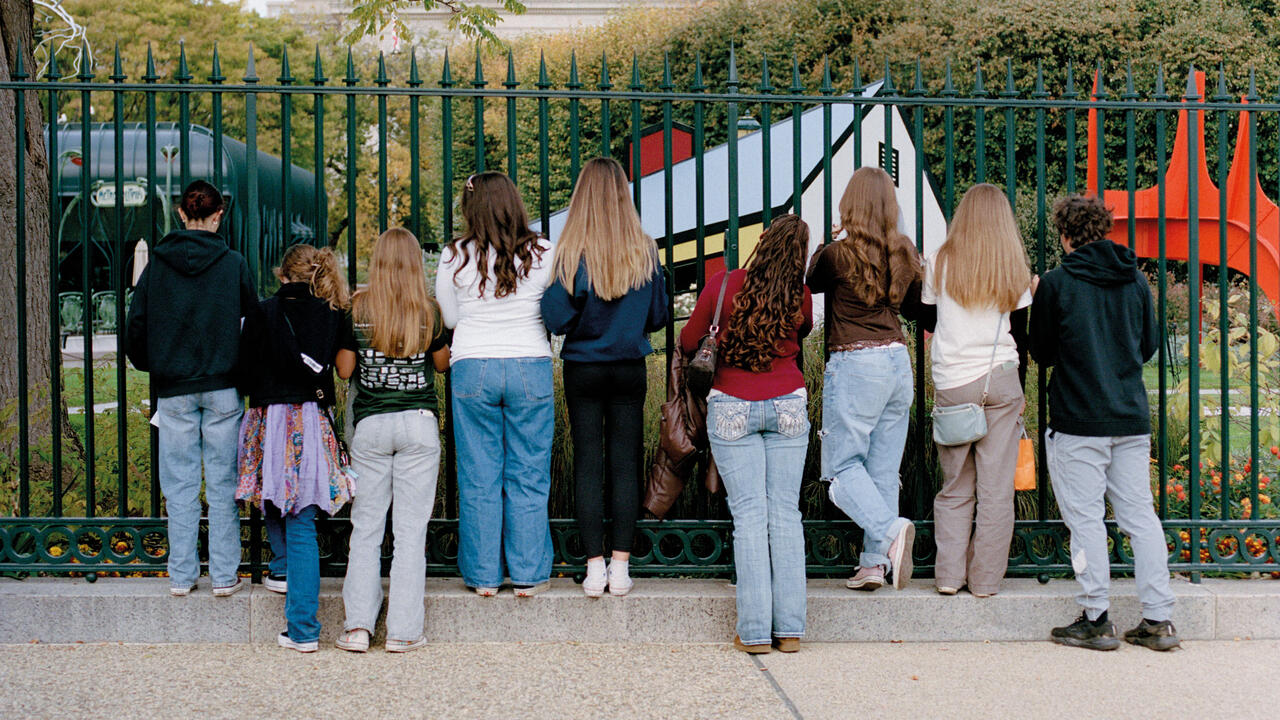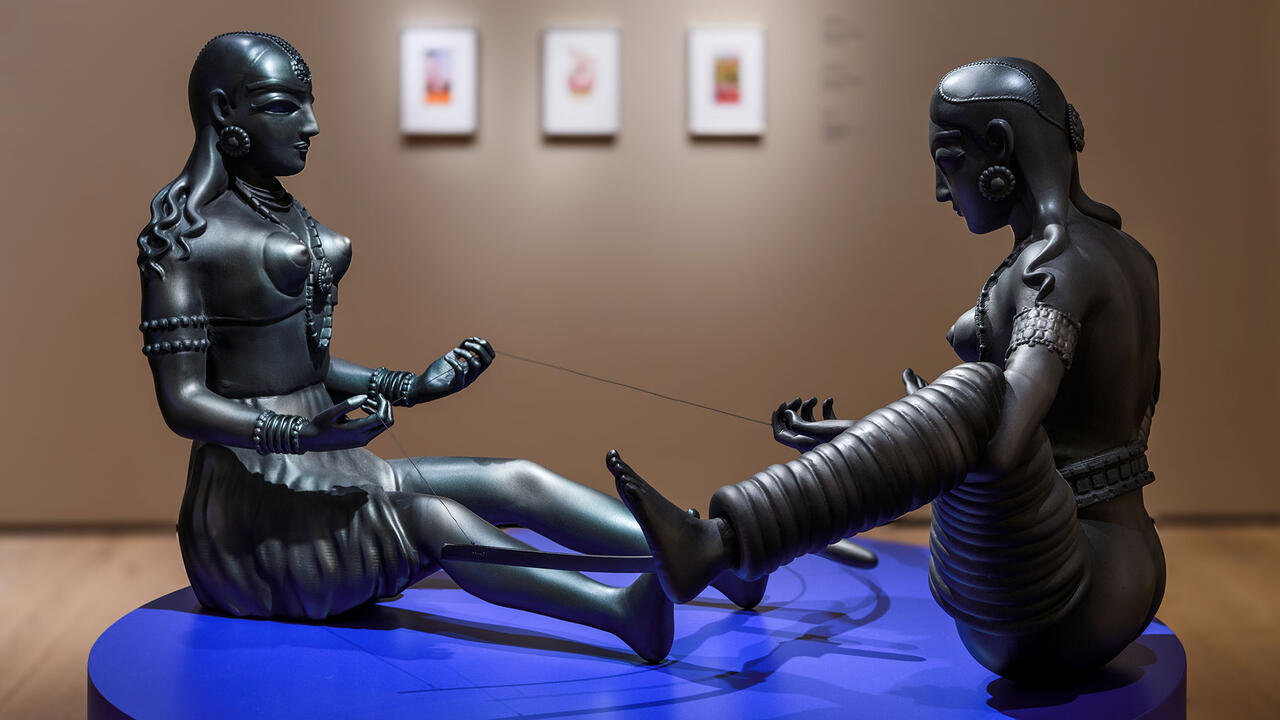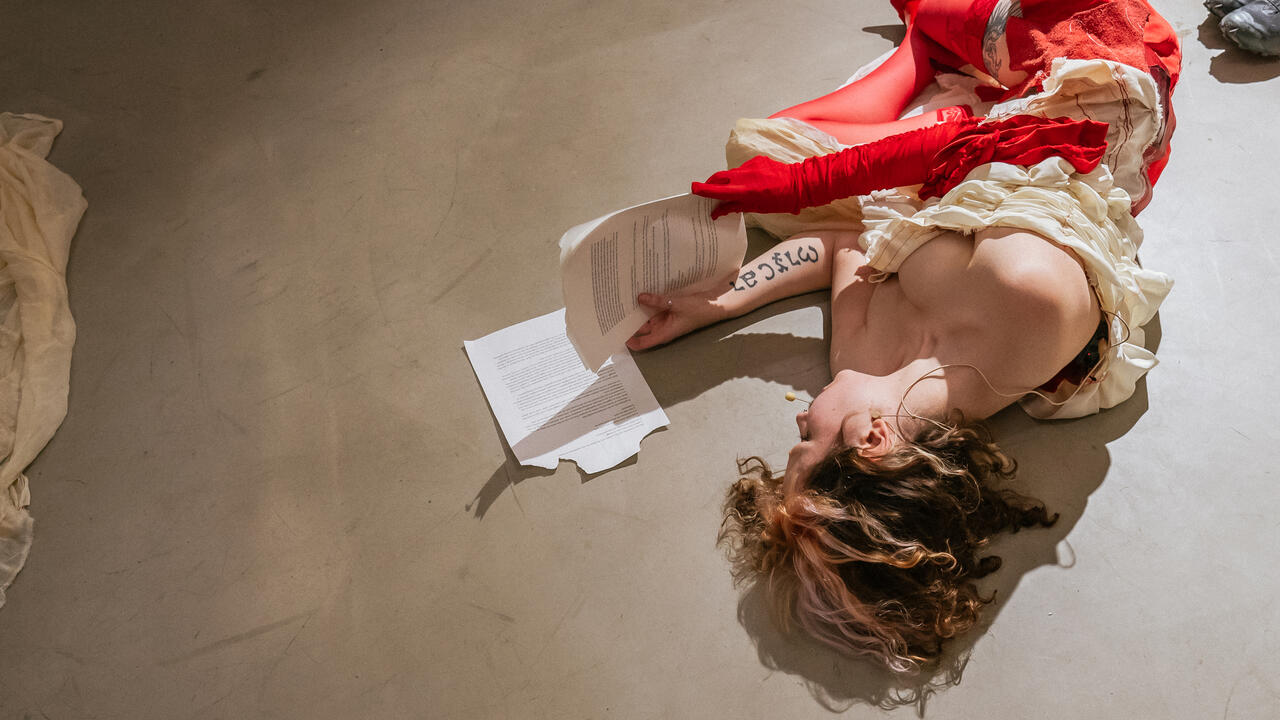The Strange Roots of the Homophobic Trump-Putin Kissing Meme
There are perils in deploying bigotry to score political points, but meanings also shift from West to East
There are perils in deploying bigotry to score political points, but meanings also shift from West to East

In July, Pulitzer Prize-winning art critic Jerry Saltz posted two images on Twitter, neither of which were explicitly profane, but both of which carried clear sexual undertones. In one, an advert for Fox News, host Sean Hannity kneels facing US president Donald Trump’s crotch (identifiable through his infamous red tie). In another, Hannity stands behind Trump, staring down with a tense grimace. ‘Hey! What’s @SeanHannity doing to King Turd,’ Saltz tweeted. Saltz later deleted the tweet and apologized ‘for sharing an image that many found offensive and homophobic.’
The previous month, The New York Times published a satirical animation of pastel sketches, set to twee music and snippets of Trump speeches, titled ‘Trump and Putin: A Love Story’. In the episode, Trump’s ‘not-so-secret admiration for Vladimir Putin plays out in a teenager’s bedroom, where the fantasies of this forbidden romance come to life.’ Their tongues twist together as they ride on the back of unicorn; Putin is stereotypically shirtless. Unlike Saltz’s (admittedly more reprehensible) tweet, The New York Times video is still easy to find.
The depiction of Trump and associates engaging in homosexual relationships has understandably roused the ire of several LGBTQ+ commentators, with the frequent outcry that ‘being gay isn't a punchline’. Recently, transgender writer Lee Hurley took to The Guardian to protest exactly this issue, with visual reference to a mural by Lithuanian graphic artists Mindaugas Bonanu and Dominykas Čečkauskas (which went viral in 2016), which features Trump and Putin locked in a kiss. ‘Trump and Putin, like so many others, may fear being gay but every time you joke that they are, you reinforce the validity of that fear, not only to them, but to the rest of society,’ Hurley wrote.

A more complicated context emerges when one recalls that Bonanu’s artwork in Lithuania is based on the famous 1990 mural by Russian artist Dmitri Vrubel on the Berlin wall, titled My God, Help Me to Survive This Deadly Love. Leonid Brezhnev and Erich Hönecker kiss one another on the mouth – the original photo of the pair kissing in exactly the same fashion was snapped by Régis Bossu in 1979.
That kiss was an expression of socialist brotherhood, not homosexuality. But when I spoke to Bonanu in Vilnius last year, I asked him specifically about how his image might be read. Bonanu told me that people from the LGBTQ+ community in Lithuania had even asked to use his picture for their own campaigns. There was no intentional homosexual undertone, but he was very happy with people adopting the idea. ‘If people want to see some LGBT theme […] that’s okay,’ he told me. ‘But I think there’s nothing gay about them. They are kissing, right, like a Soviet Union thing; I think it’s more about the past. But a lot of people especially in the US don’t know the history.’
‘Local LGBTIQ+ people have never interpreted the mural as ‘homophobic’,’ activist and former policy coordinator with the Lithuanian Gay League Tomaš Ilja told me. ‘For us the mural had a message that the city is changing to become more open, that two guys can kiss each other in public, even if they are Putin and Trump.’ In fact, Ilja said, he felt the mural was widely perceived as brave and groundbreaking. With a national history of Soviet domination (the country was occupied in the aftermath of World War Two by the USSR, until 1990) it had another symbolic undertone: ‘the fact that Brezhnev’s kiss was on the Berlin Wall, makes this association and implication of ‘cool’ and ‘free’ even more contextual,’ he said.

Queering a straight man – whether Trump or Putin – as an insult, remains a shallow, offensive act. But the context and intention can shift in surprising ways. In the now-‘West’-facing Lithuania, the very act of displaying such an image in public might be interpreted as a sign of acceptance. Even further east, the conflict between self-sacrifice and media visibility intensifies. Just this weekend, in Russia’s ‘northern capital’ St. Petersburg, 25 LGBTQ+ activists were detained. Among those arrested was Alexey Sergeev, an activist with Russia’s ‘Alliance of Straights and LGBT for Equality’. Video footage I viewed from the event showed Sergeev being seized by police and hauled into a van, rainbow flags visible through the grim windows.
‘For us it is a big problem to get into the media to raise LGBT themes after the law on the ‘prohibition of propaganda’,’ Sergeev told me in an email. It’s important not to underestimate the impact of visibility in Russia, whatever the tone. ‘When Russia-24 showed a bad story about our trip to the ‘city without gays’, Svetogorsk, despite the distortion of facts and unsightly rhetoric, our group grew by 500 people,’ Sergeev said. ‘A huge TV audience of Russian news, among whom there are LGBT people, learned that there is such an alliance.’

Sergeev said that he had mixed feelings on the dissemination of online imagery that reimagined Russian authorities as gay icons. He pointed out the humour in styling Putin with long eyelashes and lipstick as a ‘tsarina’, or Russian politician Vitaly Milonov (who once infamously suggested gay athletes could be arrested at the 2014 Winter Olympics in Sochi, and was responsible for the ‘propaganda law’) as a trans diva. Both are niche Russian LGBTQ+ community memes. Sergeev understands that Putin ‘uses homophobia for negative mobilization of the electorate,’ but ‘it seems to me that excessive political correctness leads to complete sterility. […] Humour, laughter – prolongs life. It makes it not so complicated and terrible.’
‘On the other hand, laughter should not lull us. We should not condone, take as a sweet joke, what really makes the life of the LGBT community worse,’ Sergeev added. In the West, such images might rightly be read as deploying bigotry in the name of cheap political point-scoring. Elsewhere, a kiss – as recognizable as Trump’s tie – might be the immediate visual gesture that some LGBTQ+ community members without access to a real community just appreciate.
Main image: latest version of Mindaugas Bonanu and Dominykas Čečkauskas, Make Everything Great Again, 2016. Courtesy: Wikimedia Commons





















